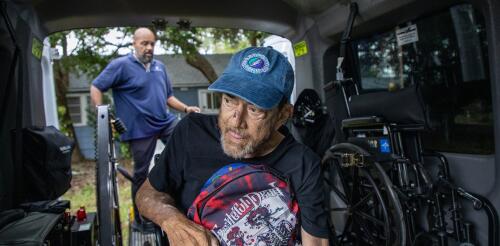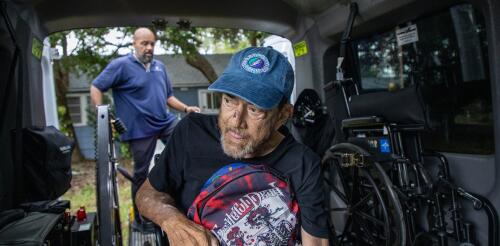Psychology
Montanans know spring has officially arrived when grizzly bears emerge from their dens. But unlike the bears, the contentious debate over their future never hibernates. New research from my lab reveals how people’s social identities and the dynamics between social groups may play a larger role in these debates than even the animals themselves. Social scientists like me work to understand the human dimensions behind wildlife conservation and management. There’s a cliché among wildlife biologists that wildlife management is really people management, and they’re right. My research seeks to understand the psychological and social factors that underlie pressing environmental challenges. It is from this perspective that my team sought to understand how Montanans think about grizzly bears. To list or delist, that is the question In 1975, the grizzly bear was listed as threatened under the Endangered Species Act following decades of extermination efforts and habi...
Cold spells often bring climate change deniers out in force on social media, with hashtags like #ClimateHoax and #ClimateScam. Former President Donald Trump often chimes in, repeatedly claiming that each cold snap disproves the existence of global warming. From a scientific standpoint, these claims of disproof are absurd. Fluctuations in the weather don’t refute clear long-term trends in the climate. Yet many people believe these claims, and the political result has been reduced willingness to take action to mitigate climate change. Sen. James Inhofe brought a snowball to the Senate floor in February 2015 to argue that because it was cold enough to snow in Washington, D.C., climate change wasn’t real. That year became the hottest on record and has since been surpassed. Why are so many people susceptible to this type of disinformation? My field, psychology, can help explain – and help people avoid being misled. The allure...
Global warming has increased the number of extreme weather events around the world by 400% since the 1980s. Countries know how to stop the damage from worsening: stop burning fossil fuels and shift to renewable energy, electrify transportation and industry, and reduce the carbon intensity of agriculture. But none of this is happening fast enough to avoid warming on a catastrophic scale. In my new book, “The Climate Crisis,” I lay out the mechanisms and impacts of the climate crisis and the reasons behind the lack of serious effort to combat it. One powerful reason is the influence that the fossil fuel industry, electric utilities and others with a vested interest in fossil fuels have over policymakers. But there’s another reason for this inaction that everyone has the ability to change: response skepticism – the public doesn’t believe in its own political power enough or use it. When people speak up and work together, they can spur powerful chan...
As Hurricane Milton roared ashore near Sarasota, Florida, tens of thousands of people were in evacuation shelters. Hundreds of thousands more had fled coastal regions ahead of the storm, crowding highways headed north and south as their counties issued evacuation orders. But not everyone left, despite dire warnings about a hurricane that had been one of the strongest on record two days earlier. As Milton’s rain and storm surge flooded neighborhoods late on Oct. 9, 2024, 911 calls poured in. In Tampa’s Hillsborough County, more than 500 people had to be rescued, including residents of an assisted living community and families trapped in a flooding home after a tree crashed though the roof at the height of the storm. In Plant City, 20 miles inland from Tampa, at least 35 people had been rescued by dawn, City Manager Bill McDaniel said. While the storm wasn’t as extreme as feared, McDaniel said his city had flooded in places and to levels he had never seen. Traf...
As Hurricane Milton roared ashore near Sarasota, Florida, tens of thousands of people were in evacuation shelters. Hundreds of thousands more had fled coastal regions ahead of the storm, crowding highways headed north and south as their counties issued evacuation orders. But not everyone left, despite dire warnings about a hurricane that had been one of the strongest on record two days earlier. As Milton’s rain and storm surge flooded neighborhoods late on Oct. 9, 2024, 911 calls poured in. In Tampa’s Hillsborough County, more than 500 people had to be rescued, including residents of an assisted living community and families trapped in a flooding home after a tree crashed though the roof at the height of the storm. In Plant City, 20 miles inland from Tampa, at least 35 people had been rescued by dawn, City Manager Bill McDaniel said. While the storm wasn’t as extreme as feared, McDaniel said his city had flooded in places and to levels he had never seen. Traf...




